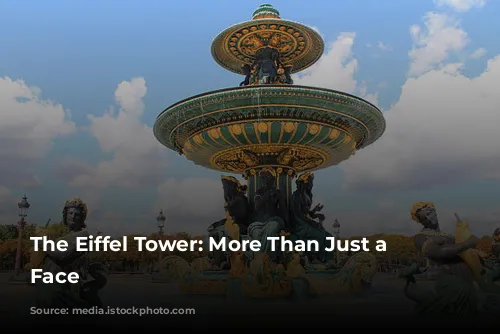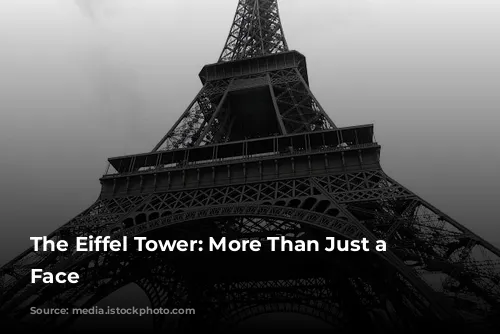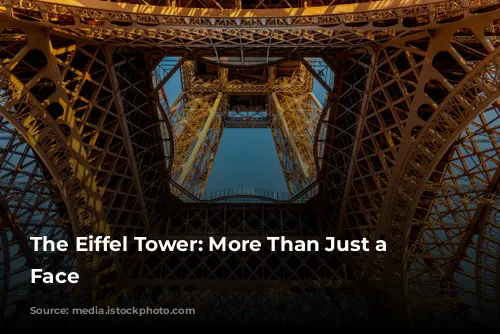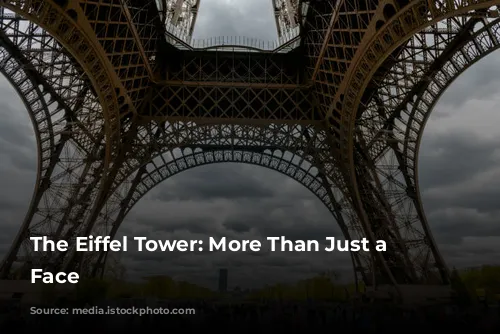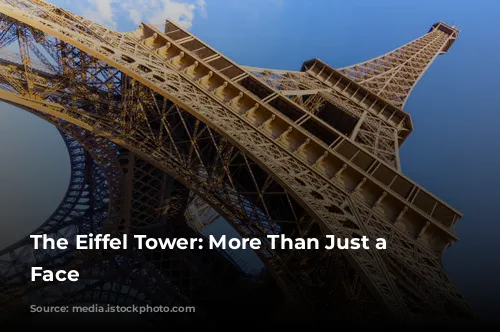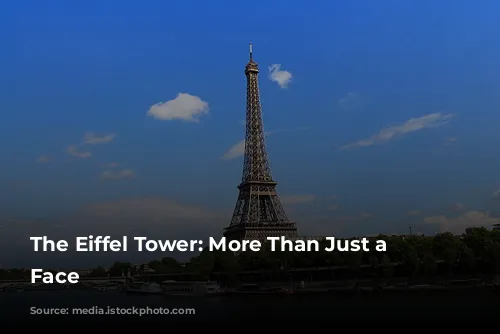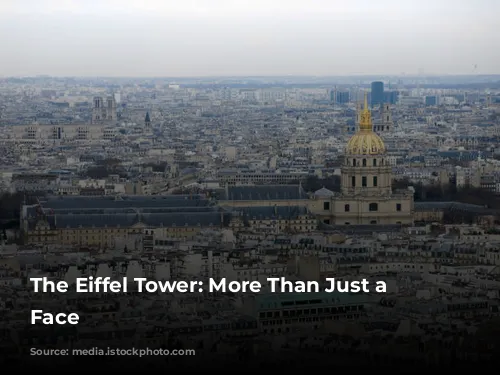The Eiffel Tower stands tall in Paris, France, as a symbol of the city’s charm and a global icon. Constructed in 1889, this monument draws millions of visitors annually, mesmerized by its beauty and grandeur. But beyond its captivating facade, the Eiffel Tower hides a treasure trove of secrets, waiting to be unveiled.
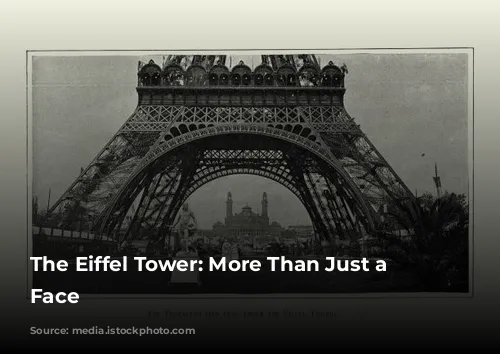
A Home in the Clouds
Imagine living in a luxurious apartment perched high above the city, with panoramic views stretching as far as the eye can see. That’s precisely what the Eiffel Tower’s architect, Gustave Eiffel, envisioned for himself. He built a private suite on the top level of the tower, complete with luxurious amenities like plush rugs, oil paintings, and a grand piano. This exclusive retreat was reserved for special guests, including the renowned inventor, Thomas Edison. While the apartment remained hidden for decades after Eiffel’s death, it was finally opened to the public in 2015, offering a glimpse into the tower’s fascinating past.
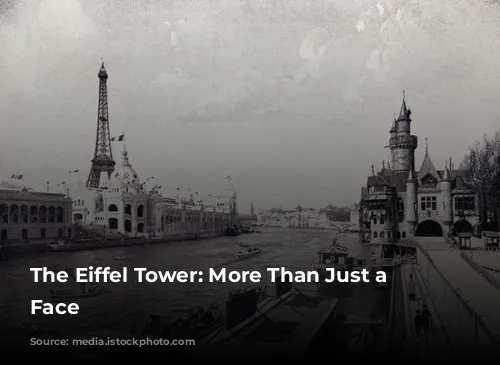
A Haven for Scientific Exploration
The Eiffel Tower’s summit has always been a perfect vantage point for observing the skies, inspiring scientific exploration. Eiffel established two laboratories on the third level to house astronomers and meteorologists, allowing them to conduct vital research. Eiffel himself conducted his own experiments, dropping objects from the tower to study their motion through air. These scientific endeavors solidified the Eiffel Tower’s reputation as a center of scientific advancement.

Eco-Friendly Innovations
The Eiffel Tower isn’t just a marvel of engineering; it’s also a pioneer in sustainable practices. In 2015, the tower received an eco-friendly makeover, with the installation of wind turbines on the second level. These turbines convert wind energy into electricity, powering the tower’s shops and restaurants. Additionally, a rainwater collection system was implemented, diverting rainwater into the tower’s toilets. These eco-friendly initiatives showcase the Eiffel Tower’s commitment to environmental responsibility.
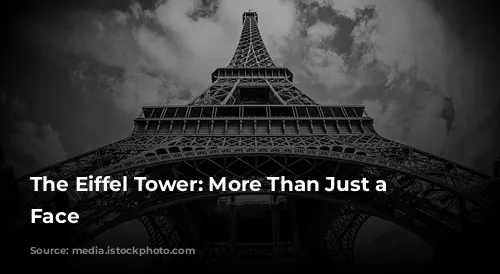
A World’s Fair Marvel
The Eiffel Tower’s debut was during the 1889 World’s Fair, a global event that showcased innovative inventions, architecture, and artistic masterpieces. Born in London in 1851, the World’s Fair, now known as an expo, has been a platform for groundbreaking advancements, from the iconic Ferris wheel to the revolutionary television, X-ray machines, and even the humble ice cream cone. Held every three years in a different city, the expo continues to inspire innovation and highlight the best of human ingenuity.
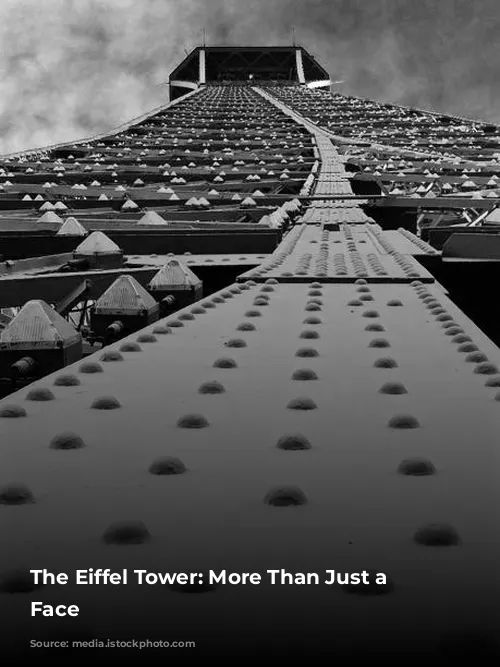
A Secret Agent’s Hideout
The Eiffel Tower’s role extends beyond a tourist attraction; it played a pivotal role during World War I, serving as a critical communication center. The tower’s radio and telegraph center facilitated communication with troops and battleships, and played a vital role in intercepting enemy messages. This secret operation even led to the capture of a notorious female spy, Mata Hari, based on intercepted messages.
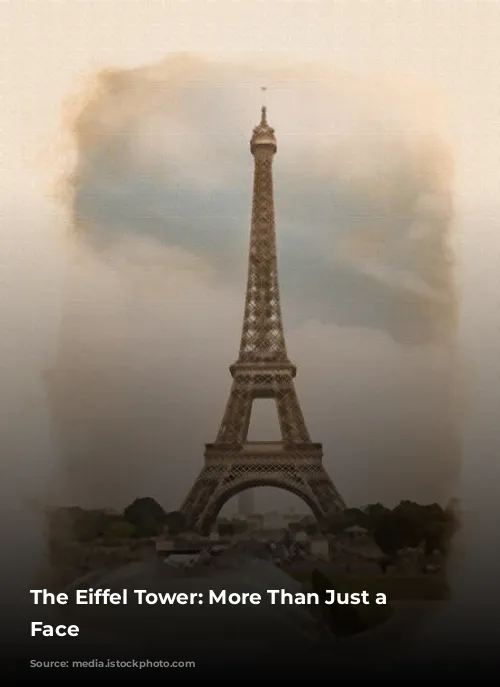
Thrills and Daring Feats
The Eiffel Tower has been a stage for daring feats and adventurous spirits. From a man climbing the tower on stilts in 1889 to trapeze artists swinging 400 feet aboveground without a net in 1952, the tower has witnessed some extraordinary performances. In 2010, a rollerblader made history by racing down a 90-foot ramp, proving that the Eiffel Tower is a source of adrenaline-pumping thrills.
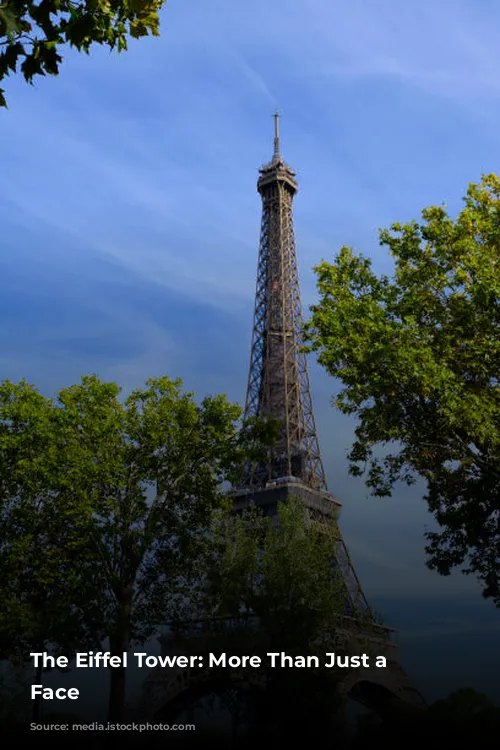
A Colorful History
The Eiffel Tower’s appearance has changed over time, reflecting the evolution of its design and the changing tides of fashion. Initially painted a dark red, the tower was later adorned in yellow in 1899. Today, after several paint jobs, the Eiffel Tower is coated in bronze paint, giving it a majestic and timeless presence. The tower, a true symbol of Parisian elegance, continues to captivate the world with its enduring beauty and rich history.
